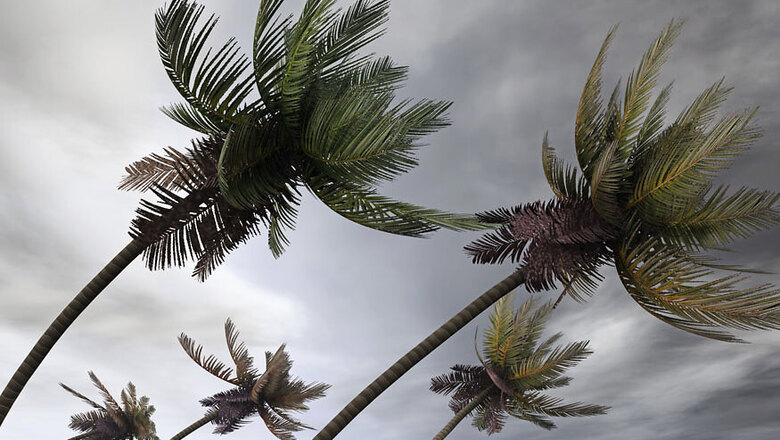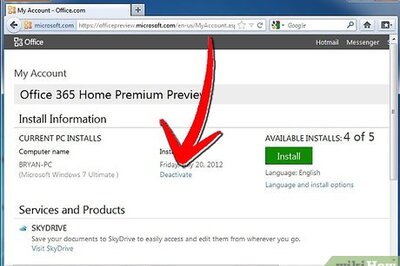
views
A major storm, Harvey, was upgraded to hurricane status on Thursday, as it targeted hundreds of miles of coastline in Texas and Louisiana.
The US National Hurricane Center (NHC) warned of a potential for "life threatening" floods from the storm, which was due to make landfall sometime on Friday.
The NHC said the category one hurricane could hit land as a much more powerful category three, with winds of 130 miles (209 kilometers) per hour.
Harvey also was expected to deluge flood-prone New Orleans in neighboring Louisiana, where the catastrophic Hurricane Katrina in 2005 caused widespread flooding and killed more than 1,800 people.
"We could see some localized flooding," New Orleans Mayor Mitch Landrieu told a news conference on Thursday, adding that sandbags, boats and high-water rescue vehicles were being readied, although no evacuations were immediately planned.
"We just need to make sure that we're prepared for heavy rain over the course of the next week," Landrieu said.
Harvey's wind speed on Thursday was about 80 miles (129 km) per hour.
A storm is categorized as a category one hurricane when it has winds of 74 miles (119 kilometers) per hour.
The slow-moving storm was expected to dump as much as 30 inches of rain in some parts of Texas. Dangerous storm surges were also forecast, reaching between six to 10 feet above ground level in the worst-hit regions.
Even though landfall was still hours away, Governor Greg Abbott on Thursday issued disaster declarations in 30 counties, saying the preemptive move would allow "Texas to quickly deploy resources for the emergency response effort."
Officials in Houston, the biggest city in the path of the storm, said they did not anticipate issuing evacuation orders, but expected heavy rainfall to last up to five days.



















Comments
0 comment